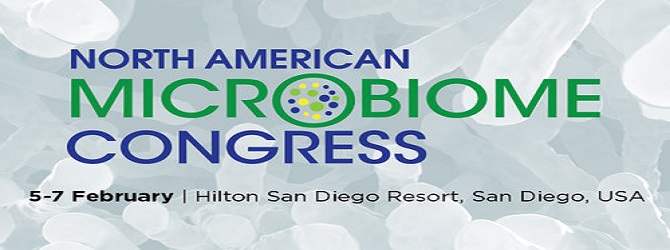Formulation of antimicrobial peptides
Lovisa Ringstad, Lukas Boge and Helena Bysell
SP Technical Research Institute of Sweden, Sweden
: J Immunol Tech Infect Dis
Abstract
I n the development of new therapeutic strategies for treatment of infectious diseases antimicrobial peptides (AMPs) have great potential due to their fast and at time multiple mechanism of action, possibly translating in lower propensity in resistance development. A large variety of AMPs have been identified and isolated from plants, animals and humans and their structure is well preserved. These have also been assessed, analyzed and modified in order to increase their function and efficiency for drug delivery applications. However, only a few candidates have reached late stages of clinical trials and to date no products based on AMPs have reached the market. One of the main reasons is the challenge related to stability of peptides during storage as well as after administration, which dramatically reduces the efficiency. These challenges can be overcome by choosing novel formulation strategies. In an ongoing FP7 project, FORMAMP, innovative nanoformulation strategies are used to formulate well-characterized AMP candidates. In addition, these nanocarriers are formulated in functional dosage forms for topical and pulmonary delivery for local/targeted treatment of bacterial infections. Carrier systems based on lipid self-assembly structures offers possibilities for peptide delivery due to their ability to incorporate and protect compounds with various properties and to control and trigger release. As a part of FORMAMP these are used to formulate AMPs and the loading capacity, peptide interaction properties and release mechanism are investigated. Importantly, also improvements on chemical and biological stability will be evaluated together with the effects on antibacterial, immunomodulatory and cytotoxic activity of the peptides in these systems as well as their effects against biofilms are considered.
Biography
Lovisa Ringstad had completed her PhD in pharmaceutical physical chemistry from Uppsala University, Sweden. Her thesis work focused on understanding mechanism of action of antimicrobial peptides. She is currently a researcher and project leader within the Life Science area at SP Technical Research Institute of Sweden. She is highly involved in the EU-project FORMAMP – Innovative nanoformulations for treatment of infectious diseases and is also the coordinator of a competence platform in formulation science at SP. Her main research interests are in the areas of pharmaceutical formulation, adsorption phenomena, biolubrication and perception. She has published 18 papers in peer-reviewed journals.
E mail:lovisa.ringstad@sp.se
 Spanish
Spanish  Chinese
Chinese  Russian
Russian  German
German  French
French  Japanese
Japanese  Portuguese
Portuguese  Hindi
Hindi 
